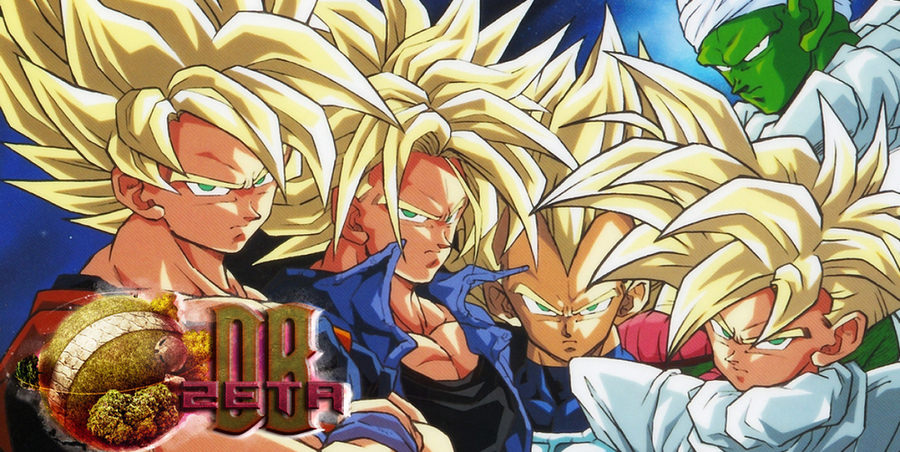- Joined
- Aug 3, 2016
- Messages
- 5,062
The origins of manga are debated, but they can be traced back centuries in Japan.
Here's a breakdown of manga's development:
1. Early Influences:
12th-13th Centuries: The Choju-Jinbutsu-Giga (Scrolls of Frolicking Animals and Humans) is often cited as an early example of sequential art and storytelling, a precursor to manga.
Edo Period (1603-1868): Illustrated books like Toba-e and kibyoshi emerged, blending text and images to tell stories, further developing the foundation for manga's narrative style.
19th Century: Artists like Hokusai, with his "Hokusai Manga," created sketchbooks filled with diverse subjects, demonstrating the potential of the medium.
2. The Birth of Modern Manga:
Late 19th - Early 20th Century: Western comics and printing techniques were introduced to Japan, influencing Japanese artists and leading to the creation of illustrated magazines that combined text and image.
Early 20th Century: Rakuten Kitazawa popularized the term "manga" and is considered a key figure in the evolution of the genre.
Mid-20th Century: Osamu Tezuka, often called the "God of Manga," revolutionized the medium with his cinematic style and expressive characters in works like "Astro Boy." This period marked the beginning of modern manga and its diversification into various genres.
3. Golden Age and Beyond:
Post-WWII Era: Manga's popularity exploded, with the rise of dedicated magazines like "Weekly Shonen Jump" and the emergence of diverse genres like shonen (boys'), shojo (girls'), seinen (young men's), and josei (young women's).
1980s-1990s: Manga gained immense popularity both domestically and internationally, with iconic series like "Dragon Ball" and "Sailor Moon".
Contemporary Manga: Manga continues to evolve, embracing digital platforms, new genres like isekai (parallel worlds), and exploring diverse themes and social issues.
In summary, the origins of manga can be traced back centuries, but the modern form began to take shape in the late 19th and early 20th centuries, with Osamu Tezuka playing a pivotal role in its development in the mid-20th century.
AI responses may include mistakes.
Here's a breakdown of manga's development:
1. Early Influences:
12th-13th Centuries: The Choju-Jinbutsu-Giga (Scrolls of Frolicking Animals and Humans) is often cited as an early example of sequential art and storytelling, a precursor to manga.
Edo Period (1603-1868): Illustrated books like Toba-e and kibyoshi emerged, blending text and images to tell stories, further developing the foundation for manga's narrative style.
19th Century: Artists like Hokusai, with his "Hokusai Manga," created sketchbooks filled with diverse subjects, demonstrating the potential of the medium.
2. The Birth of Modern Manga:
Late 19th - Early 20th Century: Western comics and printing techniques were introduced to Japan, influencing Japanese artists and leading to the creation of illustrated magazines that combined text and image.
Early 20th Century: Rakuten Kitazawa popularized the term "manga" and is considered a key figure in the evolution of the genre.
Mid-20th Century: Osamu Tezuka, often called the "God of Manga," revolutionized the medium with his cinematic style and expressive characters in works like "Astro Boy." This period marked the beginning of modern manga and its diversification into various genres.
3. Golden Age and Beyond:
Post-WWII Era: Manga's popularity exploded, with the rise of dedicated magazines like "Weekly Shonen Jump" and the emergence of diverse genres like shonen (boys'), shojo (girls'), seinen (young men's), and josei (young women's).
1980s-1990s: Manga gained immense popularity both domestically and internationally, with iconic series like "Dragon Ball" and "Sailor Moon".
Contemporary Manga: Manga continues to evolve, embracing digital platforms, new genres like isekai (parallel worlds), and exploring diverse themes and social issues.
In summary, the origins of manga can be traced back centuries, but the modern form began to take shape in the late 19th and early 20th centuries, with Osamu Tezuka playing a pivotal role in its development in the mid-20th century.
AI responses may include mistakes.


